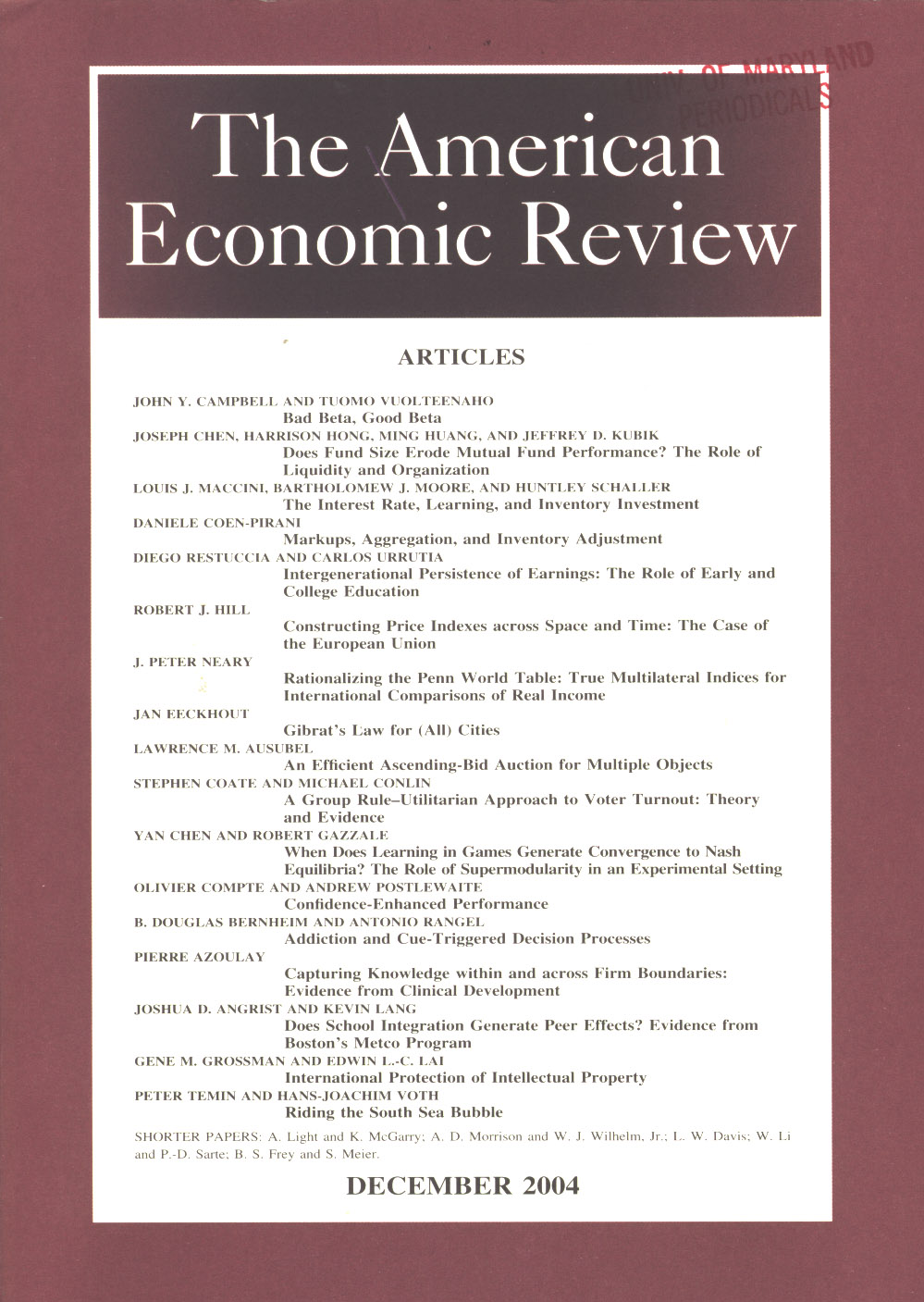
Innovation, Reallocation, and Growth
We build a model of firm-level innovation, productivity growth, and reallocation featuring endogenous entry and exit. A new and central economic force is the selection between high- and low-type firms, which differ in terms of their innovative capacity. We estimate the parameters of the model using US Census microdata on firm-level output, R&D, and patenting. The model provides a good fit to the dynamics of firm entry and exit, output, and R&D. Taxing the continued operation of incumbents can lead to sizable gains (of the order of 1.4 percent improvement in welfare) by encouraging exit of less productive firms and freeing up skilled labor to be used for R&D by high-type incumbents. Subsidies to the R&D of incumbents do not achieve this objective because they encourage the survival and expansion of low-type firms.





